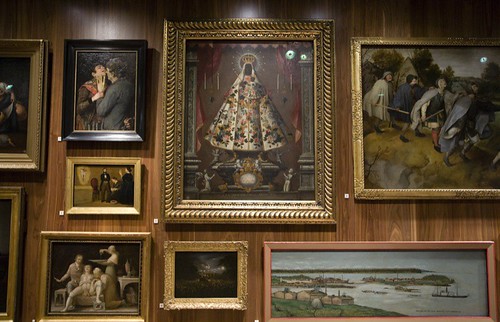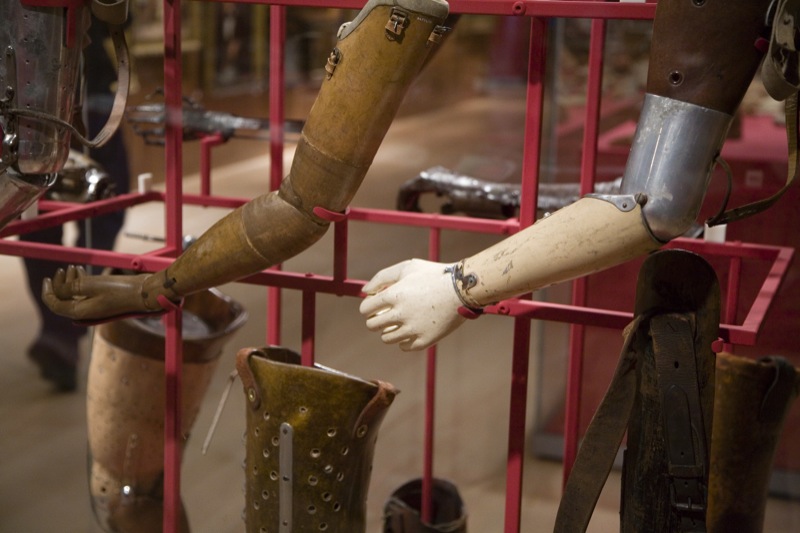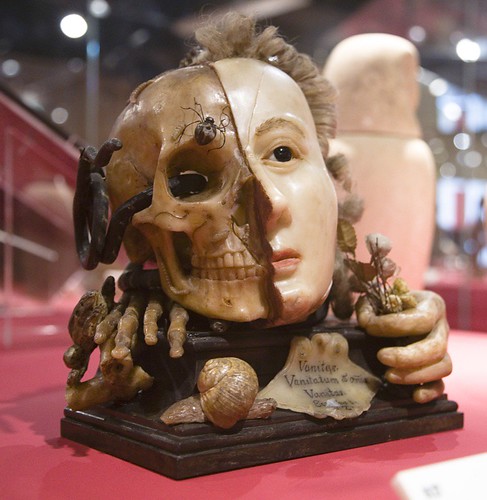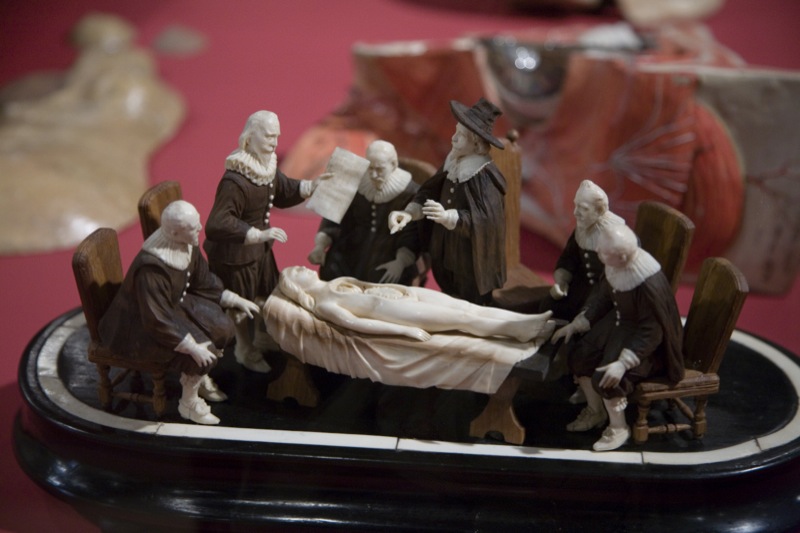





The Wellcome Collection of London--which I just visited for the first time a few weeks ago--is, hands down, my new favorite museum. The temporary exhibitions on display when I visited were wonderful--thought-provoking, beautiful, and engaging--and I spent a good hour there. The permanent exhibition--a collection of historical objects amassed by Henry Wellcome--made my head spin.
Called Medicine Man, the exhibition was in effect an abbreviated and re-conceptualized re-installation of a show I had seen years ago at the British Museum called Medicine Man: The Forgotten Museum of Henry Wellcome (which inspired this wonderful catalog.
The Medicine Man exhibit is in many ways an exhibit about collecting as a meaning-making activity and a collection as a form of portraiture. The size and breadth of the Wellcome's collection is well suggested by the ways in which the large accumulations of like-objects are grouped in the exhibit hall; you can sense the psychology and questing drive of the collector. Votives, vanitas, prosthetics, paintings, photographs, medical supplications, relics, the walking stick of Charles Darwin... Really a dizzying array of artifacts relating to mankind's attempts to understand and mitigate his relationship to death, disease, and the body. Also included was a wonderful filmic tribute to the collection by The Brothers Quay called The Phantom Museum, where we are allowed to explore vast storehouses filled with Wellcome's wonderful objects and watch their secret, animated life in the vaults.
All in all, it is exciting to see the Wellcome Collection carrying on in the tradition of their namesake, and exhibiting (and commissioning) a wide range of multi-disciplinary investigative works exploring the complicated realities of what it is to be a medical subject, an anatomical body, and a human being prone, as we all are, to disease and ultimate death. This is the most exciting museum I have visited in a long time, one committed to accessible but provocative works playing at the intersection of, per their masthead, Medicine, Life and Art.
More about the Medicine Man exhibit here and about the collection here. You can also see my own photos from my visit to the collection (from which the above are drawn) here.
If this subject if of interest to you, here are some other publications you might like to check out: The Phantom Museum: And Henry Wellcome's Collection of Medical Curiosities


4 comments:
Great images! I've seen the female dissection porcelains--but not one where she is surrounded by onlookers!
Holly
wondersandmarvels.blogspot.com
Much nicer photos than mine! I'm so glad you posted them - it really took me back to my visit.
Glad you liked them! Really a wonderful museum...
Amazing looking museum-and great Blog! I love your photography on this and on your web site. I want to keep looking but have to get some work done today. I'll definitely be back often.
Post a Comment